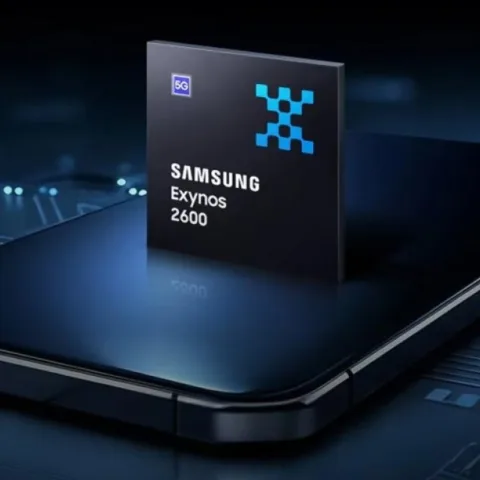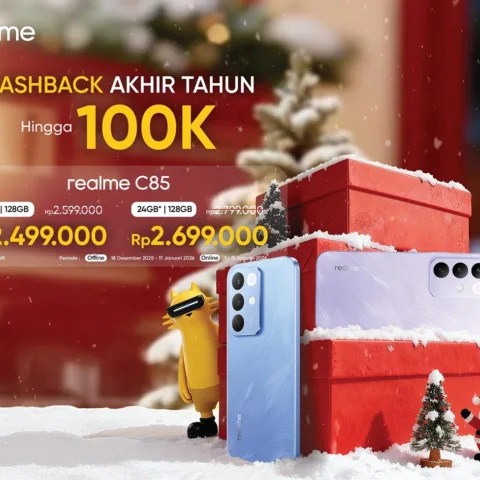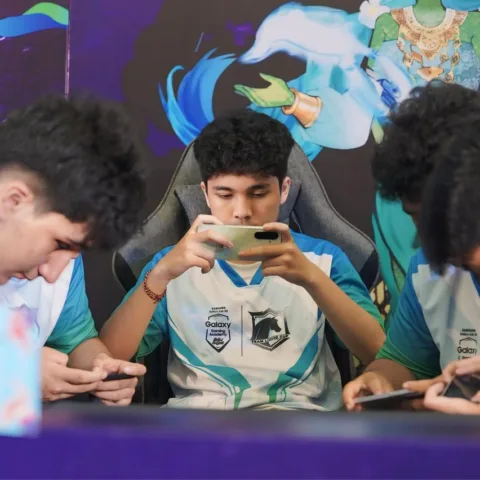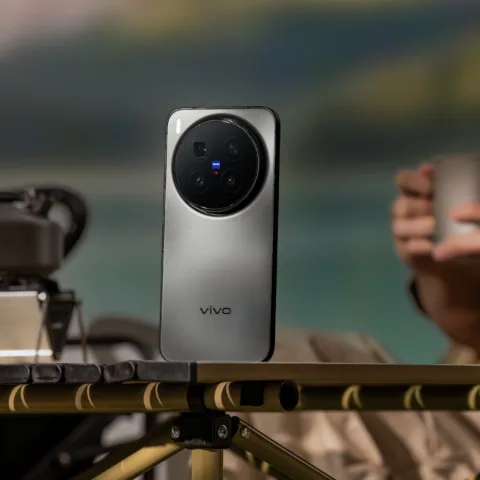Indosat is reportedly testing Long Term Evolution (LTE) technology following similar tests by its competitors and will be conducting them on the 1800MHz and 2100 MHz frequencies. Telkomsel and XL Axiata have already concluded their testing. Although technology tests are commonly done, LTE itself is still far from being qualified for roll out in Indonesia, never mind the convoluted mess involving the regulations governing the use of radio frequencies. Personally I expect mobile carriers to stop wasting money on LTE and focus on the existing 3G infrastructure.
First of all, let’s talk about LTE. We can certainly dream about LTE being present in Indonesia because we are tired of hoping for a reliable Internet connection. Because broadband Internet via cable can’t move quickly enough to deliver high speed connectivity across the nation, consumers have jumped to cellular technology with a much wider coverage area. LTE can deliver remarkable speeds (as far as Indonesian consumers are concerned) and become a medium length term (five to 10 years) solution for high speed Internet.
Unfortunately the government’s regulations have yet to support the implementation of LTE. At the earliest, we can expect to enjoy LTE in 2014 but the frequency that is being prepared for it, 2300 MHz, is not a popular frequency being used by the majority of LTE handsets. The iPhone, as well as the popular high end Android devices do not operate in this frequency. This will become more difficult if the government still refuse to allow mobile carriers to convert the use of existing frequencies (900 MHz, 1800 MHz, 2100 MHz) to more advanced technologies.
What should be the short term (one to five years) priority for mobile carriers to focus on? Based on my observation in the United States, in which AT&T and Verizon Wireless already operate LTE networks, operators should focus on optimizing the 3G infrastructure in terms of coverage as well as quality.
Let’s deprecate 2G technology, and if possible, rid the country of 2G technology so the 900 MHz frequency can be utilized better. In the mean time the 1800 MHz and 2100 MHz frequencies (and possibly 2600 MHz?) can be optimized for HSPA+ and the much faster DC-HSPA+ (H+, which is being marketed in the United States as 4G). There must be a clear service level agreement for each technology, for example achieving 1-3 Mbps downlink for standard 3G quality and up to 5 Mbps for H+. Operators can also cooperate with local (or even International) smartphone companies to bundle smartphones that support H+ and make them more affordable. The distribution should also be equally spread out from one end of the country to the other with more effective spending.
After it’s been property rolled out, I think the road to LTE (and even newer technologies) will be much easier considering that the low frequency at 900 MHz is more appropriate (from the cost and technology perspectives) to be converted to LTE.










